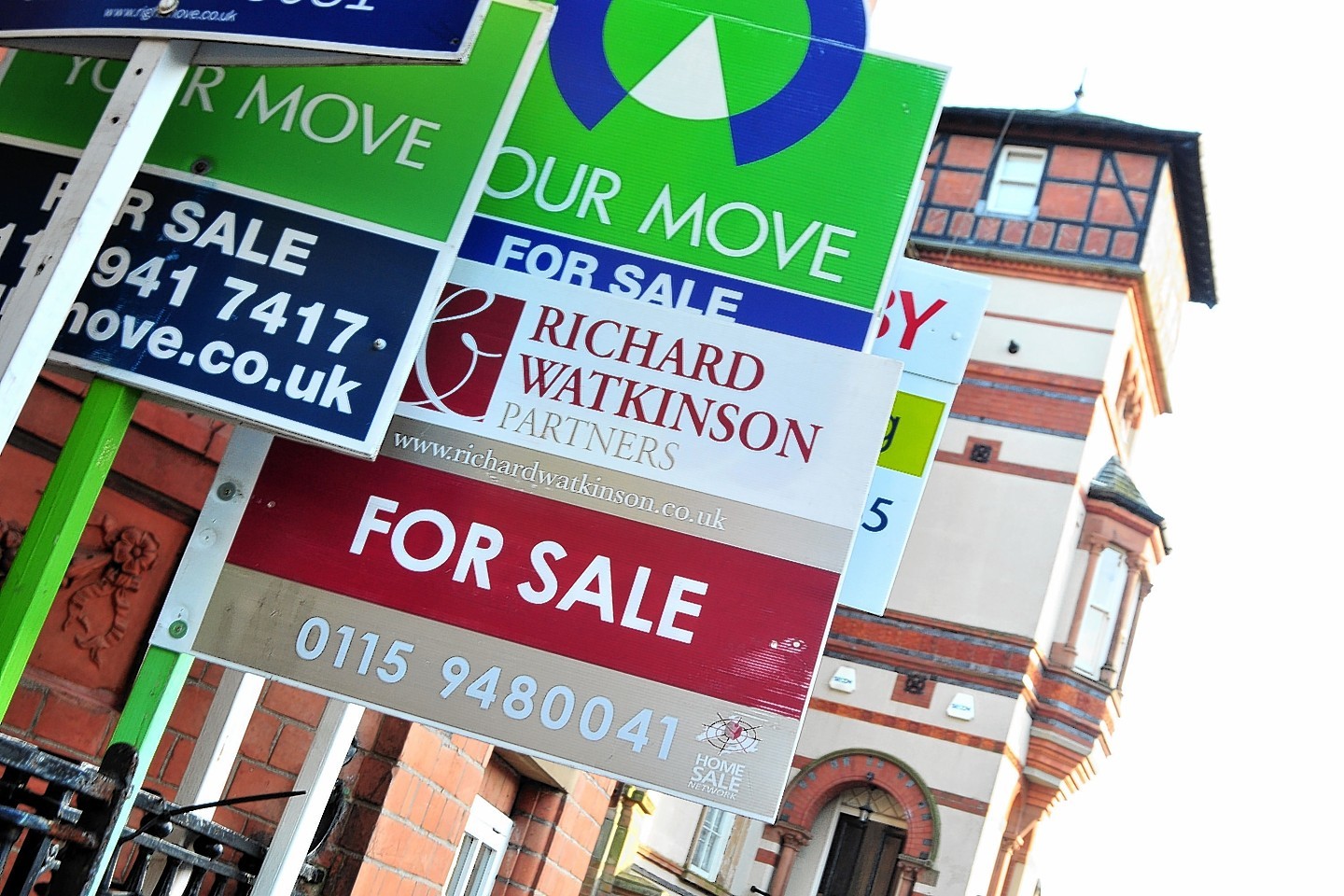UK house prices have reached a new all-time high of £186,512 on average after leaping by 11.1% in the space of 12 months, figures from building society Nationwide show.
The new peak in cash terms seen in May surpasses a previous record set in October 2007, before the financial downturn took hold, when property values reached £186,044 across the UK.
The 11.1% increase in house prices marks the strongest annual growth seen since June 2007. It is also the second month in a row where year-on-year growth has been in double digits, following an annual uplift of 10.9% in April.
On a month-on-month basis, prices have now been edging upwards for the last 13 months in a row, but the latest monthly increase of 0.7% recorded in May is weaker than a 1.2% monthly increase seen in April.
The figures sparked more speculation that further steps could be taken to rein in the housing market.
Melanie Bowler, an economist at Moody’s Analytics, said: “Worries of a housing bubble are putting pressure on the Bank of England to act.”
She predicted the Bank will recommend that the Government revises its Help to Buy mortgage support scheme, which could include reducing the £600,000 maximum property value or limiting the scheme to regions outside London and the South East.
Howard Archer, chief UK and European economist at IHS Global Insight, said he expects to see prices continue to pick up by around 5%-6% over the rest of 2014.
He said the Bank of England could also possibly recommend the introduction of higher capital requirements for banks for mortgage lending or placing limits on maximum loan-to-value ratios for mortgages.
But in a sign that the market may already be starting to slow down naturally, a Bank of England report showed yesterday that the number of mortgage approvals made to home buyers has recently fallen back to its lowest levels since last summer.
Some 62,918 mortgages worth £10 billion got the go-ahead in April, marking the lowest number since July and 17% below January’s peak of nearly 76,000.
The British Bankers’ Association (BBA) has said the Bank’s figures pour cold water on claims that Britain is experiencing an overblown housing boom.
New lending rules came into force at the end of last month under the Mortgage Market Review (MMR), with lenders gearing up for the clampdown in the weeks leading up to the deadline.
The MMR rules mean that mortgage applicants face more probing questions into their spending habits to make sure they can afford their repayments. Lenders also have to apply “stress tests” to make sure a mortgage would still be affordable to a particular borrower as and when interest rates rise.
Robert Gardner, Nationwide’s chief economist, said: “There have been tentative signs that activity in the housing market may be starting to moderate, with mortgage approvals in April around 17% below January’s high.”
But he said it is “too early” to say whether the housing market is seeing the start of a cooling trend.
Mr Gardner said some signs of a slowdown may partly be due to the MMR rules, “which may take a few months to bed down”.
He continued: “With mortgage rates close to all-time lows and labour market conditions continuing to improve, underlying demand for homes is likely to remain strong.”
Some reports have also suggested that potential home buyers are becoming more “resistant” to sharp rises in sellers’ asking prices amid the general debate over the potential for a housing bubble.
Mr Gardner said that first-time buyers are playing an “increasingly important role in the housing market recovery” and made up 48% of house purchase activity in March.
People taking their first step on the property ladder have accounted for over 80% of Help to Buy loans so far – but the Nationwide report said the scheme appears to be playing a “supporting rather than a starring role” in the housing market recovery.
Mr Gardner continued: “The modest numbers involved so far suggest that Help to Buy is unlikely to be the main factor behind the recent pick-up in the housing market…
“Low mortgage rates and growing buyer confidence on the back of improving labour market conditions and the brighter economic outlook are probably playing a much greater role in stimulating buyer demand.”
